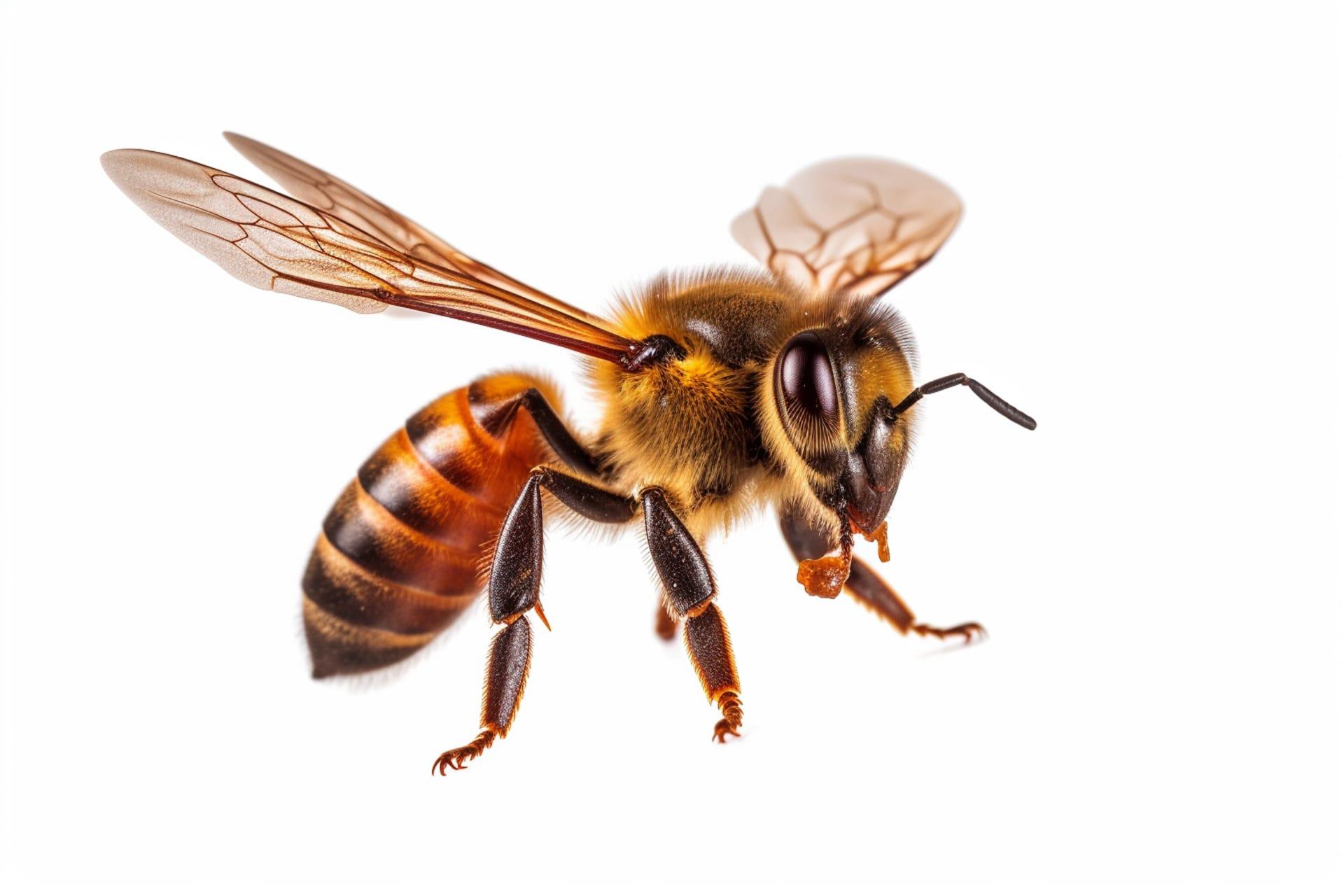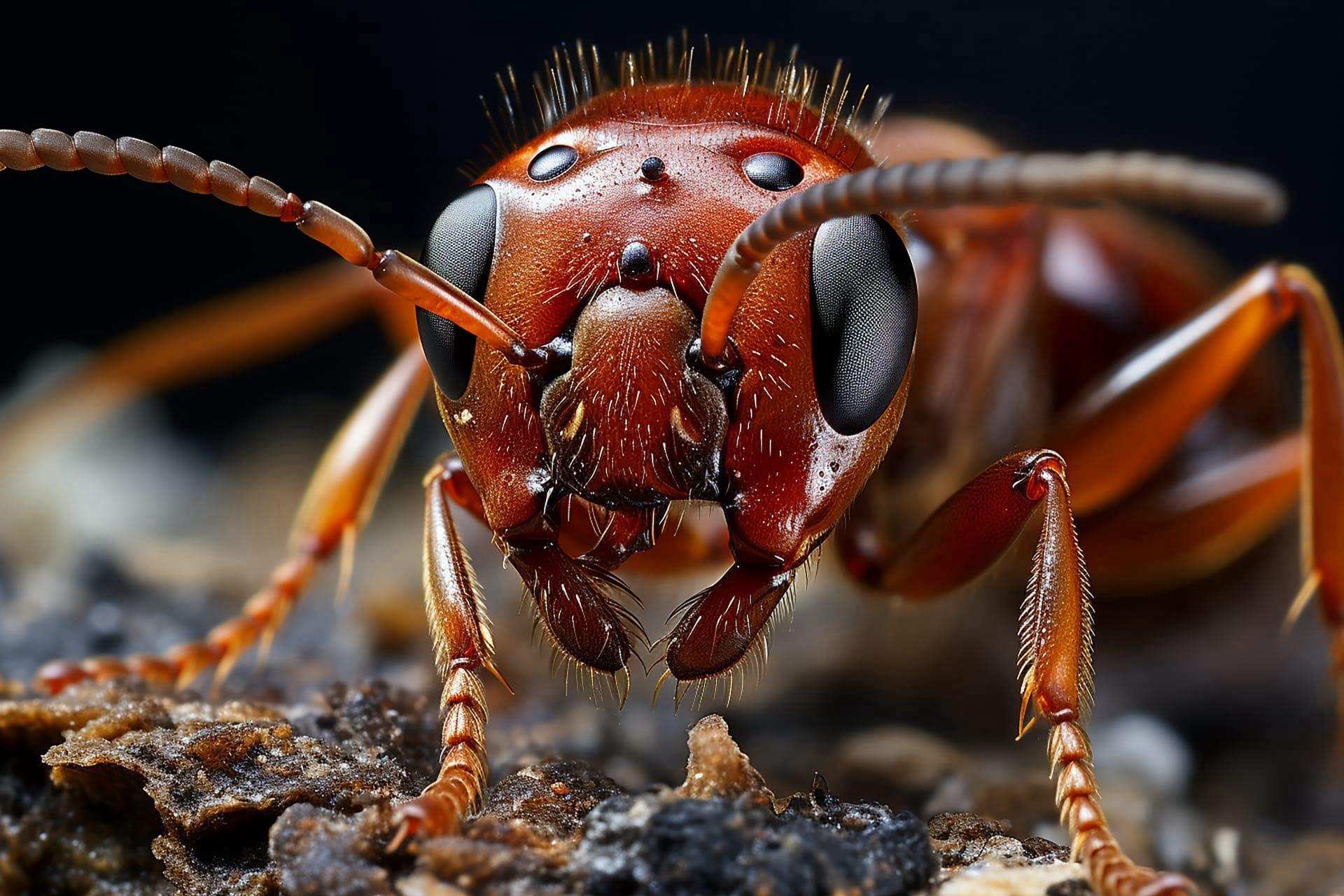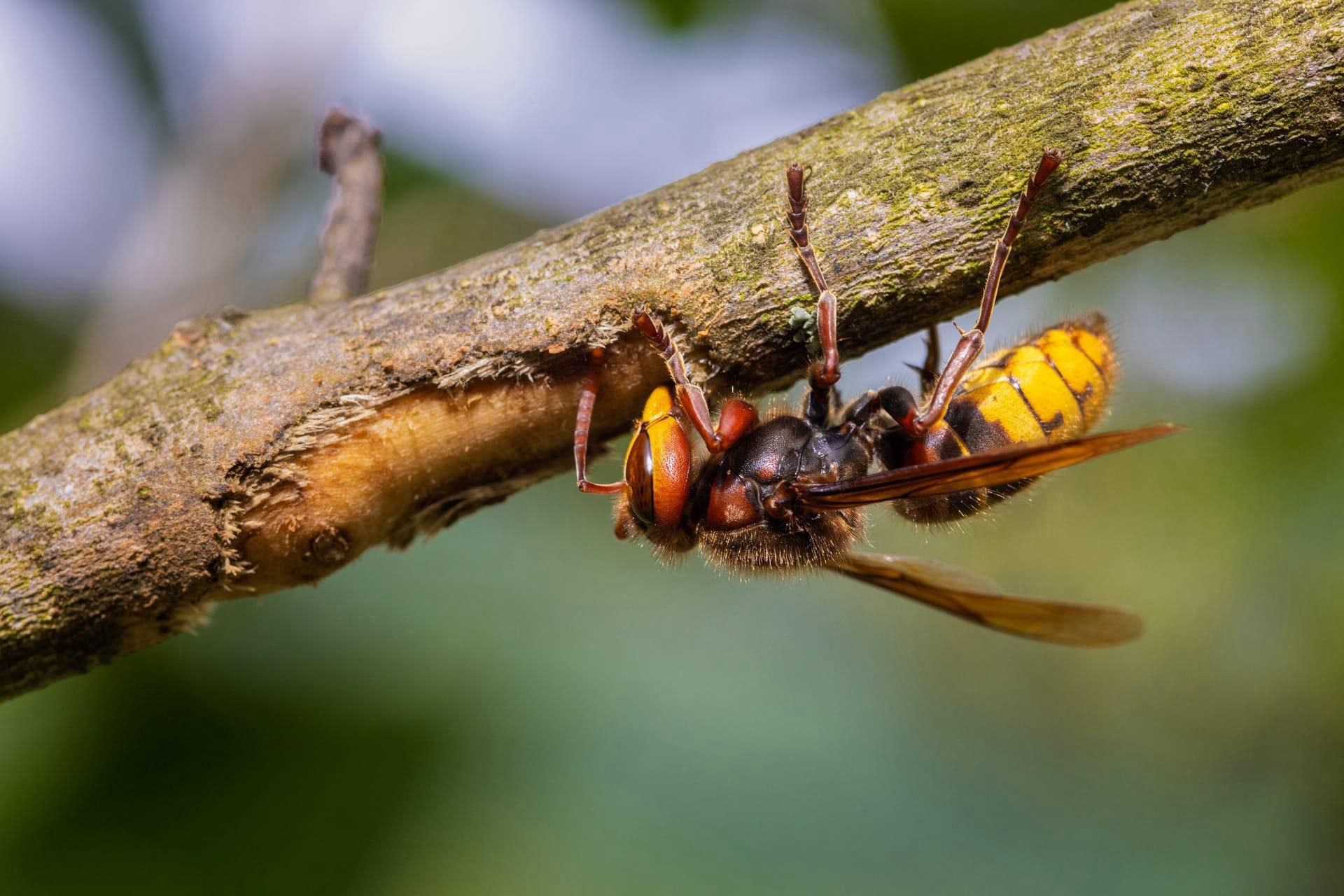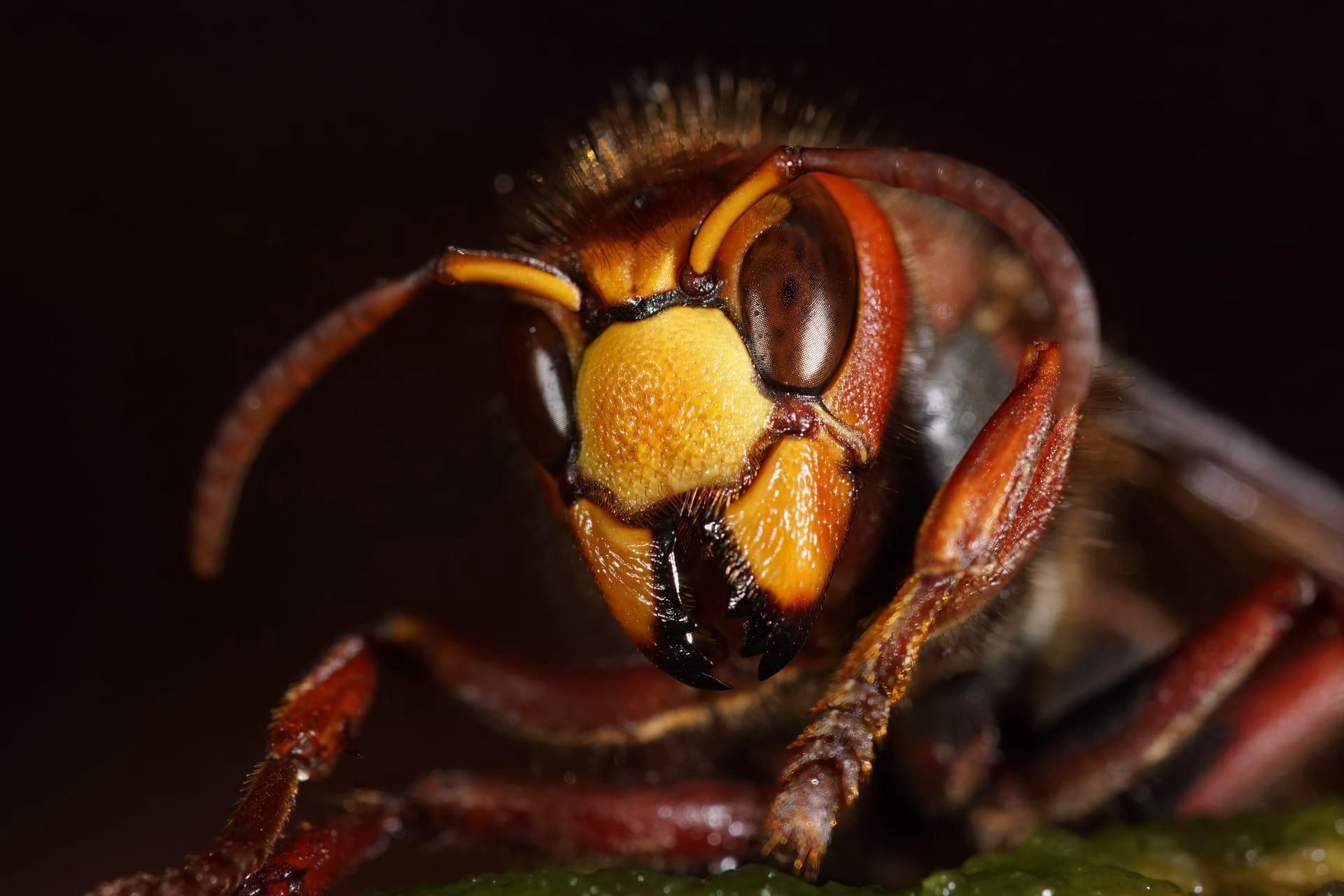European Hornet
- Home /
- Mini Encyclopedia /
- Animal /
- European Hornet
1
The European Hornet, scientifically known as Vespa crabro, belongs to the family Vespidae, which includes wasps and hornets. This species is the largest hornet native to Europe, with queens measuring about 35 millimeters in length, and workers about 25 millimeters. They are distinguished by their striking coloration, which includes a mix of yellow, brown, and red hues, and a robust body structure. Their unique appearance is complemented by a set of powerful mandibles, used for feeding and nest construction.
The European Hornet's distribution spans across various regions in Europe and has expanded to parts of Asia and North America. In Europe, they are commonly found in countries like Germany, France, and the UK, thriving in rural areas with abundant tree cover. These hornets prefer deciduous forests, but they are also found in parks and gardens. The expansion to North America began in the 1800s, and they are now prevalent in the eastern United States, especially in states like New York and Virginia. Their adaptability allows them to survive in diverse climates, ranging from the temperate regions of Europe to the varied conditions in North America.

2
Question: Are European Hornets more dangerous or aggressive than other hornet species?
Answer: Contrary to popular belief, European Hornets are not excessively aggressive. They are less likely to sting than their cousins, the Yellowjackets. European Hornets are generally defensive creatures, stinging primarily when threatened or when their nest is disturbed. Their venom is not more dangerous than that of other hornets, and reactions to their stings are generally limited to localized pain and swelling. It's important to note, however, that, like with any stinging insect, allergic reactions are possible and can be severe.

3
European Hornets have developed unique survival strategies to thrive in their environments. One of their key strategies is nocturnal activity, which is rare among hornets. This nocturnal behavior allows them to hunt for food with less competition from other predators. Their diet is diverse, feeding on insects such as crickets, grasshoppers, and other pests, making them beneficial for natural pest control. Additionally, they consume tree sap, which provides them with vital nutrients.
Nest building is another crucial aspect of their survival. European Hornets build large paper nests, typically in hollow tree trunks or in sheltered areas of buildings. These nests are constructed from chewed wood fibers mixed with their saliva. The hierarchical social structure within their colonies, with a single queen and numerous workers, ensures efficient nest maintenance and resource gathering, which is essential for the survival of their young and the entire colony.

4
In the ecosystem, European Hornets play a dual role as both predators and prey. Their predatory nature helps control populations of various insects, contributing to the balance in their habitats. By preying on pests like caterpillars and aphids, they aid in protecting agricultural crops and gardens. This predatory behavior is crucial for maintaining the health of their ecosystems.
On the other hand, European Hornets are also integral to the food chain, serving as prey for birds, larger insects, and mammals. Their presence in the ecosystem provides necessary nutrition to these predators. Additionally, their nests, made from chewed wood, contribute to nutrient cycling as they decompose and enrich the soil.

5
Film: "Hornets: The Intricate World of Vespa crabro" is a British documentary released in 2019. This film explores the intricate social structure and behavior of European Hornets. It provides a close-up view of their life cycle, from the establishment of a new colony to the development of new queens and workers. The documentary emphasizes their role in the ecosystem and addresses common misconceptions about their aggressiveness.
Book: "The Secret Life of Hornets" by Jonathan Edwards, published in the UK in 2018, offers an in-depth look into the world of European Hornets. Edwards, a renowned entomologist, combines scientific research with engaging narratives to explore their behavior, social structure, and the environmental challenges they face.
Book: "Winged Architects: Building the European Hornet's Nest" is an American publication from 2020 by Sarah Benson. This book focuses on the architectural marvels of European Hornet nests. Benson, with a background in both entomology and architecture, provides detailed insights into the construction techniques and materials used by these fascinating insects to build their complex homes.